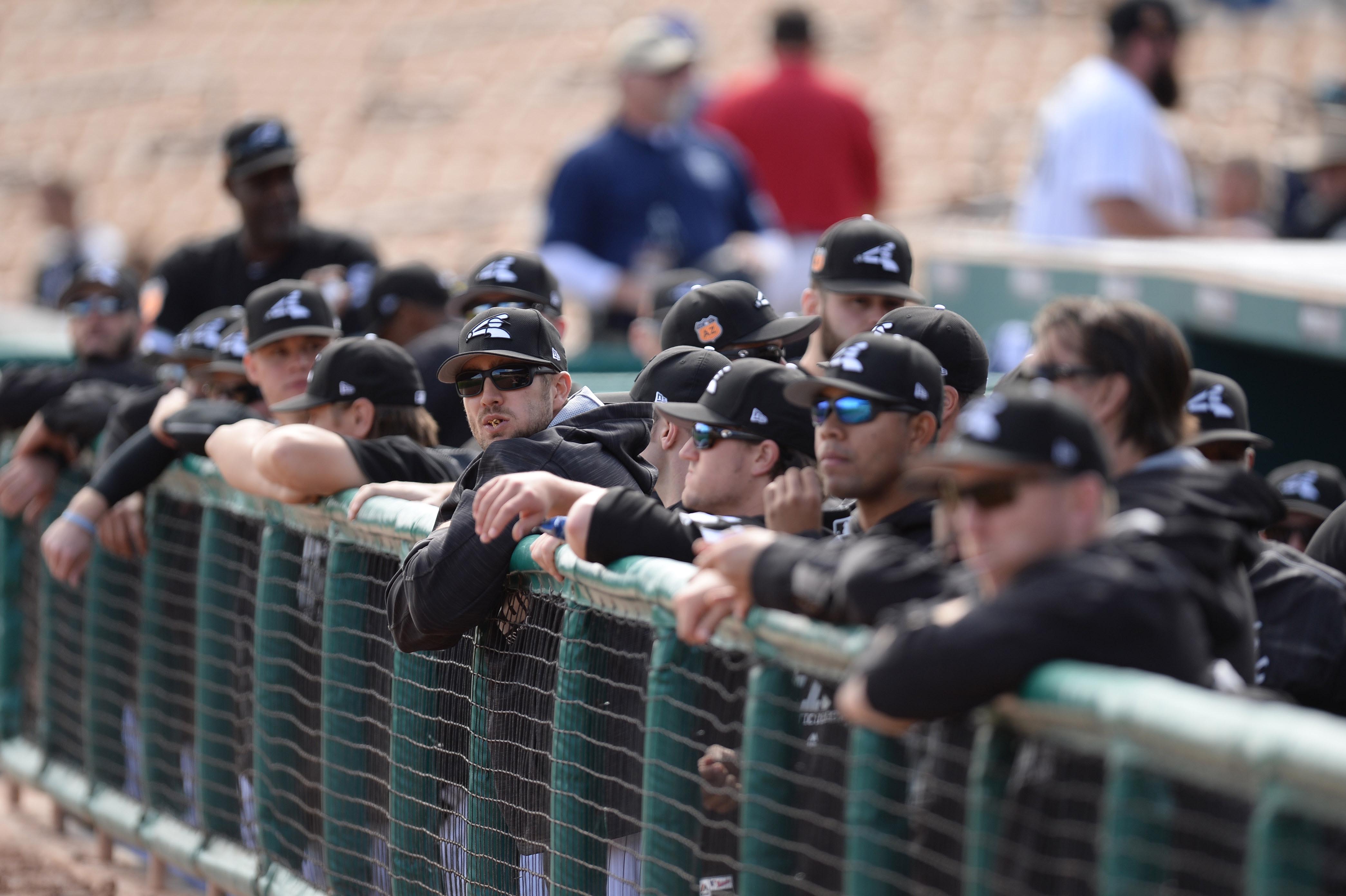The 1999 Chicago White Sox were a team in transition.
That wasn’t a clear cut rebuild in the same way teams often operate today, but the offseason between 1998 and 1999 saw at least something of a youth movement. Robin Ventura and Albert Belle were allowed to depart as free agents, and the team went from four regulars in their starting lineup aged 30 or above to just one — Frank Thomas.
One of the players included in that youth movement was Paul Konerko, whom the White Sox acquired from the Cincinnati Reds that offseason in exchange for Mike Cameron.
Konerko was joined on that team by first-year slugger Carlos Lee and Magglio Ordonez, fresh off a successful rookie campaign, among others. The ’99 team went 75-86, a five-win decrease from the year before, but a year later the White Sox found themselves in the playoffs for the first time since 1993.
The success of that young core was fleeting — another four-year playoff drought followed the 2000 campaign — but that young trio flourished throughout their individual careers, as Konerko, Lee, and Ordonez combined to play 47 major-league seasons and have 15 All-Star selections to their credit, and all three were part of winning ball clubs at various points during their careers.
Konerko was a 23-year-old rookie when he joined the White Sox and went on to have an 18-year career, all with the White Sox. He visited camp last week and said he saw similarities between the transitional phase that 1999 team went through and what the White Sox are going through in 2017.
“You feel comfortable because everywhere you look, you see somebody like yourself,” Konerko said about his rookie season. “You see someone in the same boat. That was a fun year. We had guys go out together, have dinner together. It was like a college team in a lot of ways.”
This year’s White Sox seem to be trying to create a similar environment. Sure, there are still plenty of veterans still around, but the vibe around camp is all about getting these youngsters — the future of the organization — comfortable with their environment.
“I think they’ll probably be experiencing the same growing pains, so that helps because you have someone else to talk to,” manager Rick Renteria said. “But I think in terms of being able to gain information about themselves, learn to play the game together, and just take the experiences they’re going to gain at the major league level is going to be a plus regardless of the outcome.”
The mixture of veterans and youngsters isn’t necessarily unique to this team. And Spring Training is always flush with optimistic outtakes that might not be as present when a team is, say, 10 games below .500 getting through the slog of July or August, but when you compare the roster to last season’s — the Drake LaRoche saga, the jersey incident, and what you heard from Jimmy Rollins just a few weeks ago — the expressions of optimism, of feeling comfortable, and of learning together, is a welcome sound.
“When I was younger, I’d ask a lot of questions, just as they’re doing,” said Todd Frazier, one of those veterans. “I remember sitting on the bench … nine innings is a pain in the butt when you know you’re not going to play. But watching what your peers do. Say you’re a third baseman, you’re watching the third baseman. I remember watching Scott Rolen go about his business. I couldn’t do everything he did, but I wanted to see how he prepared, how he set up, what he did in the morning.
“Just kind of take little by little and then hopefully when it’s your time, you’ll be ready.”
And, for what it’s worth, even the young guys seem to be comfortable working with the veterans who are still around.
“These guys have been around baseball for a long time,” said Lucas Giolito after his most recent start last Thursday. “They’ve had their ups and downs. They have experience. And being able to pick their brains and what they’ve been through and try to apply that to my own game … I’ll take that any day of the week.”
The 2017 White Sox aren’t as young as that 1999 team. For one, this team has more veterans, the likes of Frazier, Melky Cabrera, James Shields, and Derek Holland, and for another, the youth infusion isn’t likely to start trickling through the 25-man roster until midseason.
But Konerko sees the parallels. And with the likes of Giolito, Reynaldo Lopez, Michael Kopech, Carson Fulmer, Yoan Moncada, and Zack Collins experiencing major-league camp — some of them for the first time — it’s easy to see why.
“I think the idea is you grow that core and I think they start to show up each day for each other because it’s been built that way,” Konerko said. “Then the wins are just a byproduct of it.”
Lead Photo Credit: Joe Camporeale-USA TODAY Sports
